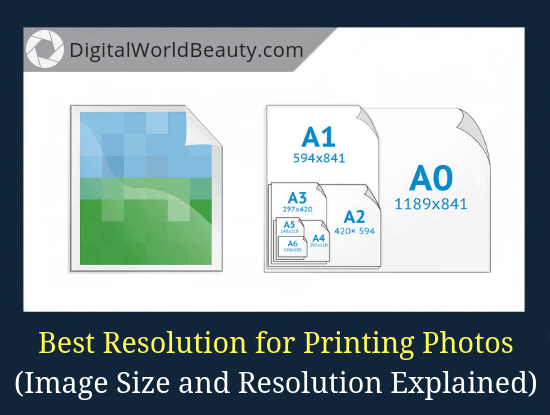

Sometimes you can have too much of a good thing - and that's the case with megapixels these days. Email systems and some social networks reject large files.Uploading and sharing large image files is far slower, due to their size.You can upload on the spot if you have an Internet connection.You'll still have the original, higher-resolution photo on your device.You don't waste time on things that may not matter to you, such as futzing with camera settings or photo-editing software.However, it can take an experienced eye to see the differences between best and so-so quality, especially when you're viewing low-resolution pictures on sites such as Facebook or Twitter. (For instance, Twitter will reject pictures larger than 3MB, so you'll have to downsize them first anyway.) True, the automatic resizing can degrade image quality because it's fairly simplistic. When you upload your photos to social networks and photo sharing sites, their system will either automatically downsize your pictures or reject them as too large. If all you want to do is take and share casual snapshots, you can leave all the resizing up to the sites. You won't be able to upload on the spot, as you otherwise can with a smartphone or Wi-Fi-enabled camera (connected to a smartphone or hotspot).It takes time and some know-how to edit all your photos before sharing them.You'll need the photo software, and the best programs are a bit pricey.You can resize a copy and save the original file, in case you want to print or crop more later.Photo experts usually prefer this method to ensure the highest image quality.
#Best resolution for photos posted online full#

It's best to avoid this and set your camera to the highest quality level.

If you don't foresee considerable cropping or prints, as small as 2 MP will be fine.įYI: Another option that is available on most cameras, but on few phones or tablets, is to change the image quality or compression level instead of the resolution.
#Best resolution for photos posted online install#
Not all built-in phone camera apps may have this option: You may have to install a third-party app, such as ProCam 2 for iPhones.įor most social sharing, as opposed to print, 5 MP will give you plenty of data, including enough for some cropping.

In your camera or app menu, go to the Settings tab or section, and select a lower resolution or smaller image size for the photos it will capture. It's generally easy to choose lower photo resolution on cameras and in some phone apps. (As another example, most of the images in this article are no larger than 1 MP, and the chart is 1.4 MP.) Capture smaller images See the chart at the end of this article for a guide to how many megapixels you need for different social networks or for prints. Upload the photos as-is, and let the site resize them. Resize your pictures using photo software, before you share them.ģ. Set your device to capture smaller image sizes.Ģ.


 0 kommentar(er)
0 kommentar(er)
